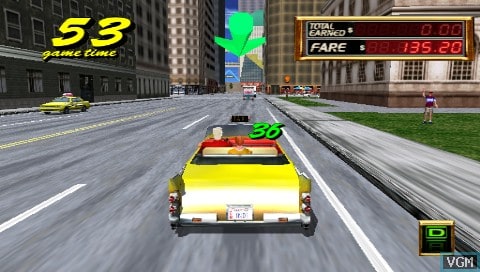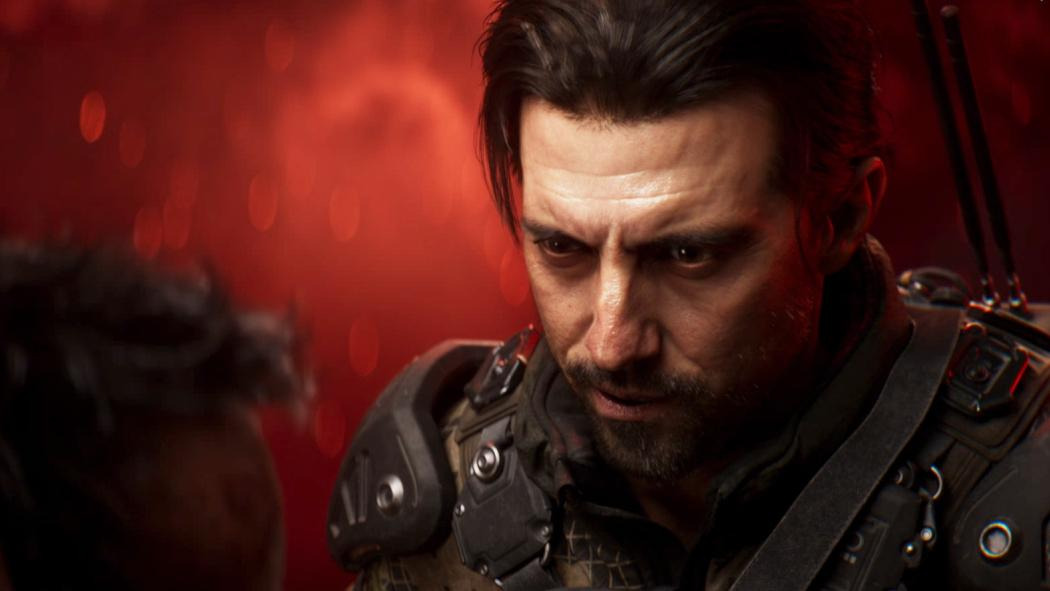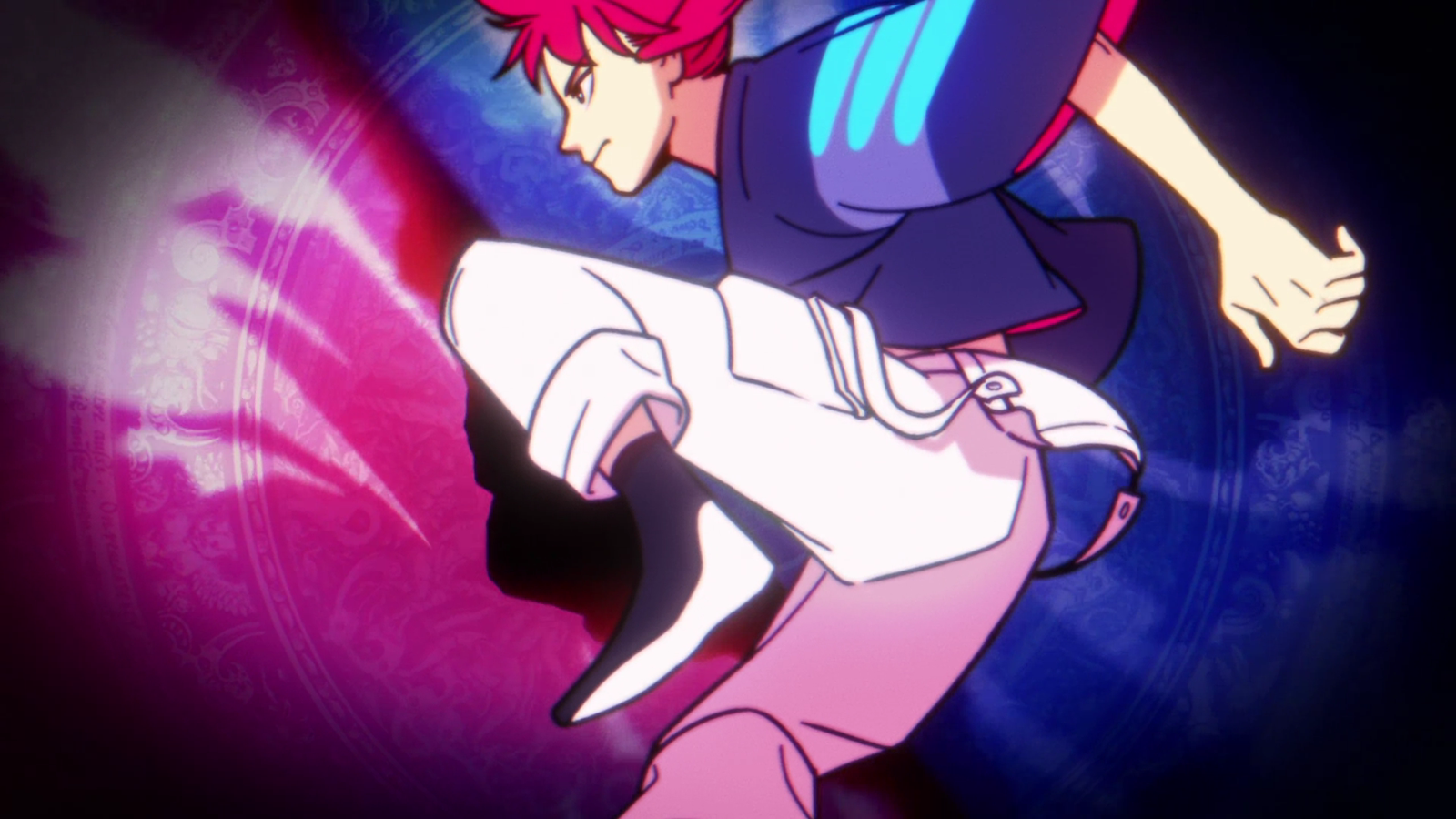You can trust VideoGamer. Our team of gaming experts spend hours testing and reviewing the latest games, to ensure you're reading the most comprehensive guide possible. Rest assured, all imagery and advice is unique and original. Check out how we test and review games here
Long before Grand Theft Auto leapt into the third dimension, and the same year that Driver tentatively sketched out a mould for free-roaming automotive violence as a basis for a console game, Crazy Taxi caused trailing queues with an arcade cabinet experience that allowed gob-smacked players to burn rubber and guzzle gas in a frantic, fully realised 3D city. A year later at the turn of the millennium it moved to the Dreamcast, becoming a benchmark game for Sega’s brilliant but doomed console, and since the series has enjoyed success on a number of formats.
As of yet, other than a terrible Game Boy version, there have been no handheld versions of the fondly remembered series, meaning the latest cab-driving offering from Sega should bring some welcome nostalgia to the back pockets of any twenty-something gamers the length and breadth of the country. Sadly though, despite the fact that Fare Wars ably squeezes both the original Dreamcast Crazy Taxi and its sequel onto one UMD, with a sprinkling of new features, this classic duo of games have not aged well.
For those who never got to grips with the wheel of one of the original game’s checkerboard cabs, the core concept was simple, and perfectly pitched at inspiring punters to eagerly push coins into the slots of Sega’s machines. Starting with a reasonably miserly time limit, you were charged with tearing about town, picking up time-starved commuters and taking them to a chosen destination for a cash reward, and more importantly, extra seconds on the clock.
This basic notion remains, and quickly reminds that keeping a game going for more than a few minutes was damn hard work. As you roar through town, seeking out shortcuts and keeping your bearings, extra cash can be earned by impressing your passenger with lavish jumps and paintwork skimming close shaves, but while this is superb for a while, the action quickly grows repetitive and tiresome.
Quite simply, without the wow-factor that the game’s impressive technical merits courted last decade, there is little of substance here. It is quite incredible that in eight short years a leading arcade machine has been condensed onto half the handheld’s UMD disc, but with coin-ops fast becoming a thing of the past, there is little reason to hammer another nail into end-of-the-pier gaming’s coffin by picking up this relic of a sadly departed era.
Still, at a budget price point you do get quite a chunk of gaming for your money, and if you still have a rose-tinted memory of the bold yellow taxis and sun-kissed streets of the arcade original, or Crazy Taxi 2’s Small Apple town, then this might be worth a little of your time.
While the emphasis on extra bonuses for drifting round corners and launching into the air feels a little dated now, the mini-games that teach you to use features like Crazy Dash and Crazy Jump are entertaining enough. The problem is that the game’s entire package itself does feel a little like a mini-game accompaniment to a fully fledged free-roaming game.
The cheery urban environments themselves remain unchanged, and though their layout and plethora of hidden back routes and jumps are brilliantly designed, they will be so familiar to anyone who has even simply flirted with the original that much of their magic is lost. They do keep their iconic look though, and while occasionally glitchy and certainly far from groundbreaking, the visuals and sound as a whole do a fantastic job of whisking you back to a time when arcades were actually full and playing Crazy Taxi meant being bombarded with sound and light and the smell of chips.
Which brings us to the next problem. Much of the thrill of an arcade game comes from the experience of standing beneath a looming arcade machine with speakers booming and lights dazzling, and when a game, like Crazy Taxi, is orientated so strongly towards the arcade environment, it loses much of its potency when converted for the home environment. Scaled down further still to handheld scale, and there is the nagging feeling you are only grasping the former shadow of a once great game.
There are some noteworthy additions in the form of the multiplayer modes, which when harnessing ad hoc mode via two systems make for what could have served Sega well if presented as the main game. Alongside some great little games such as the time trial and C-R-A-Z-Y, which follows the H-O-R-S-E formula in the Tony Hawk series, there is a superb head to head two-player game, which truly revitalises the core game. Essentially setting out on individual games sharing the same map, you can hunt down your rival and knock their fare from there cab, and the on-screen addition of your foe’s score adds a much needed dose of tension and competition to proceedings.
If you don’t fondly remember the first wave of Crazy Taxi games, steer well clear of this. However, if you fancy a taste of some retro driving action, this may be worth a purchase, but approach with caution and low expectations or prepare for a shock.
/https://oimg.videogamer.com/images/73b6/crazy_taxi_fare_wars_30.jpg)






